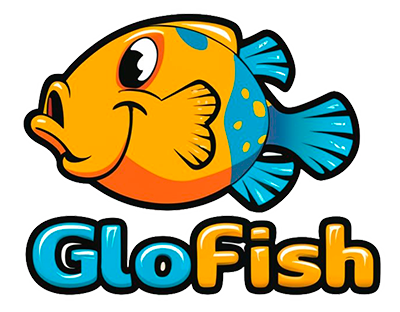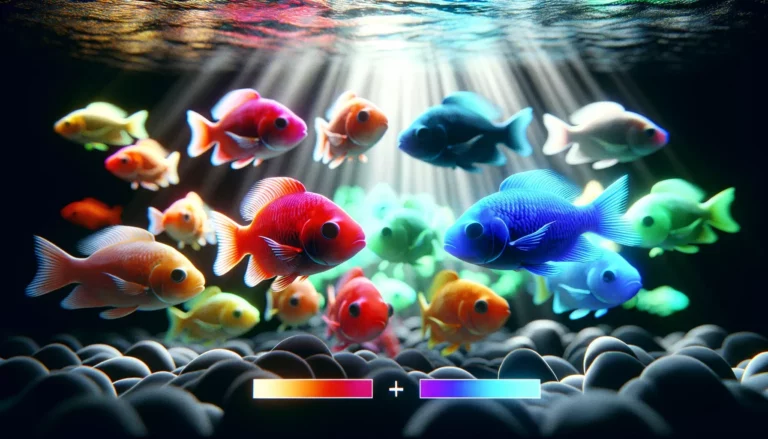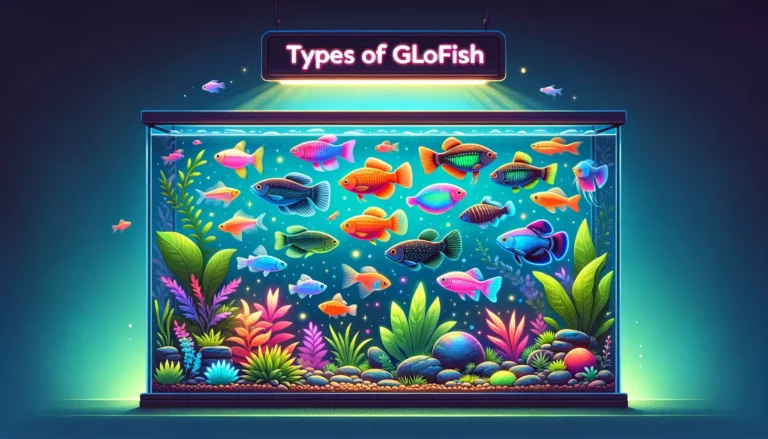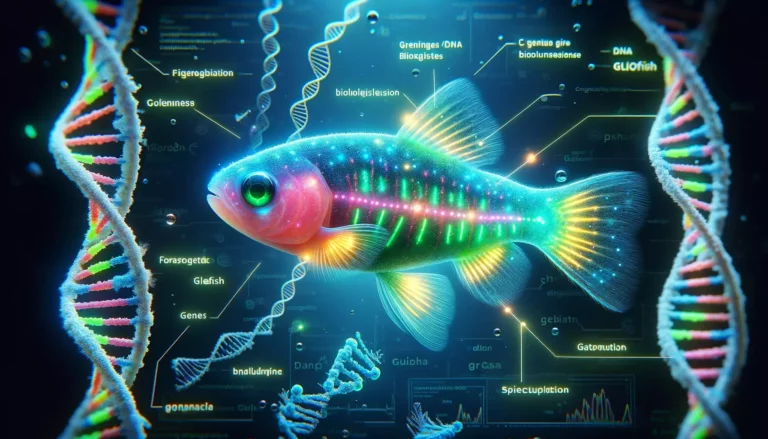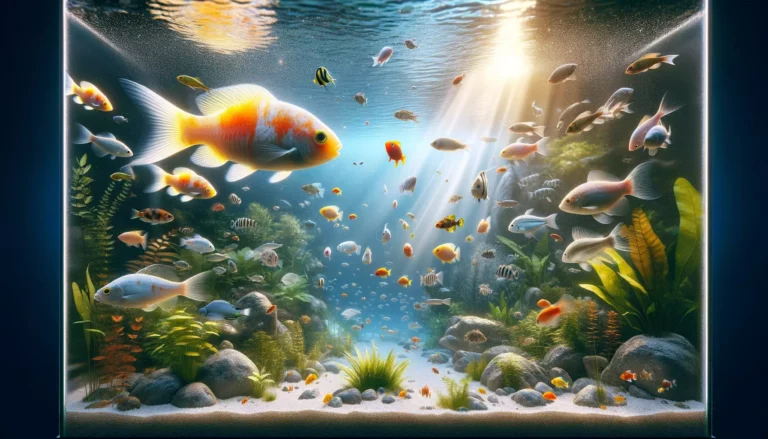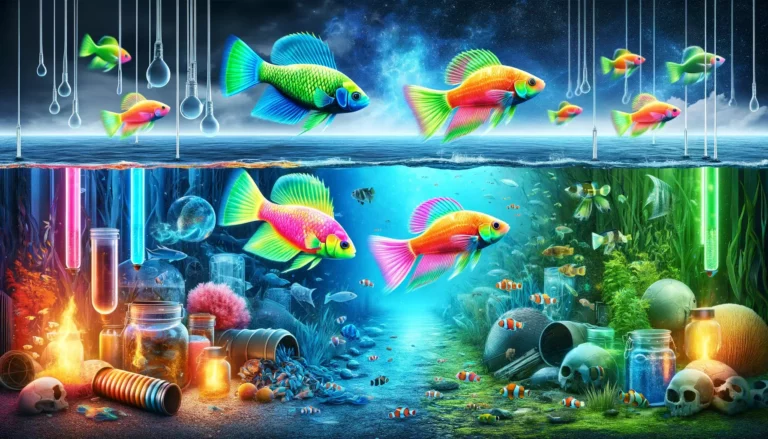Types and Differences of GloFish: Bioluminescent Fish in Your Aquarium
GloFish are a unique type of fish. They are the result of a biological project. This project aimed to create fish that glow. It started in the early 2000s. The goal was scientific at first. Researchers wanted to detect pollution. They used a fluorescent protein for this. The protein made the fish glow.
The project was a success. The glowing feature was for pollution detection. But soon, GloFish became popular as pets. They are now common in home aquariums. The colors of these fish are bright and vibrant. They come in various colors like red, green, and yellow.
The creation of GloFish was a scientific breakthrough. It combined biology and genetics. This combination led to glowing fish. These fish help in scientific research. They are also popular for their beauty.
GloFish are more than just pets. They represent advanced genetic modification. This technology is growing fast. It has many uses, both practical and aesthetic. GloFish are a perfect example of this. They show how science can create something unique and useful.
GloFish as Genetically Modified Organisms Featuring Bioluminescent Proteins
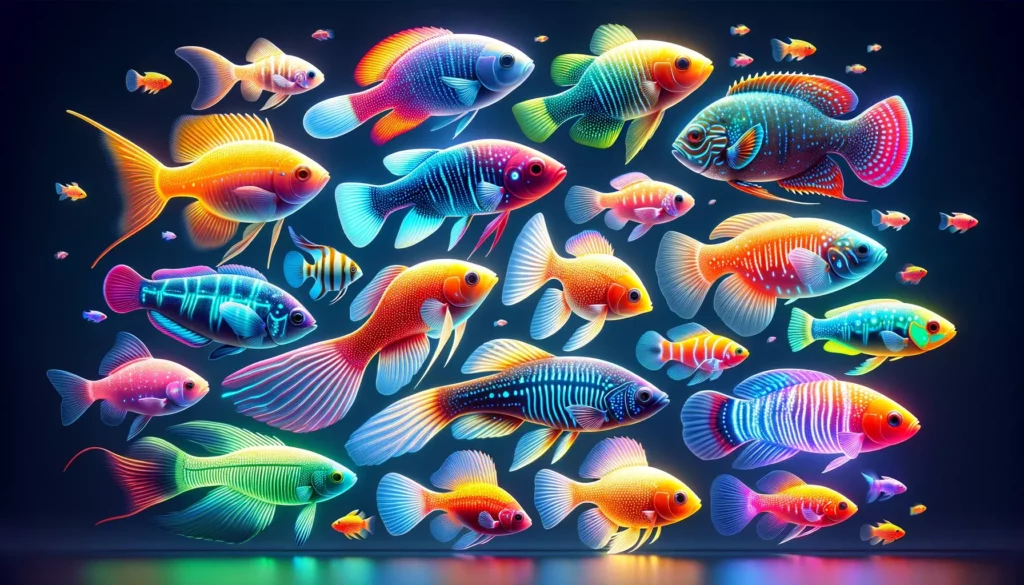
GloFish are not ordinary fish. They are genetically modified. This modification involves bioluminescent proteins. These proteins are what make the fish glow. The glow is visible under certain lights. It’s a fascinating feature.
These proteins are originally from jellyfish and coral. Scientists insert them into the fish embryos. This process is precise and complex. It results in the fish’s glowing appearance. The glow is continuous. It does not harm the fish.
The colors of GloFish are varied. They depend on the protein used. Some are bright red, others are neon green. There are also blue and orange varieties. The glow adds an extraordinary aspect to aquariums. It makes GloFish unique pets.
The use of bioluminescent proteins in GloFish is a marvel of genetic engineering. It shows how genes from different species can combine. This combination creates something new and beautiful. It’s not just for looks. The technology has potential in environmental monitoring and medical research.
Types of GloFish
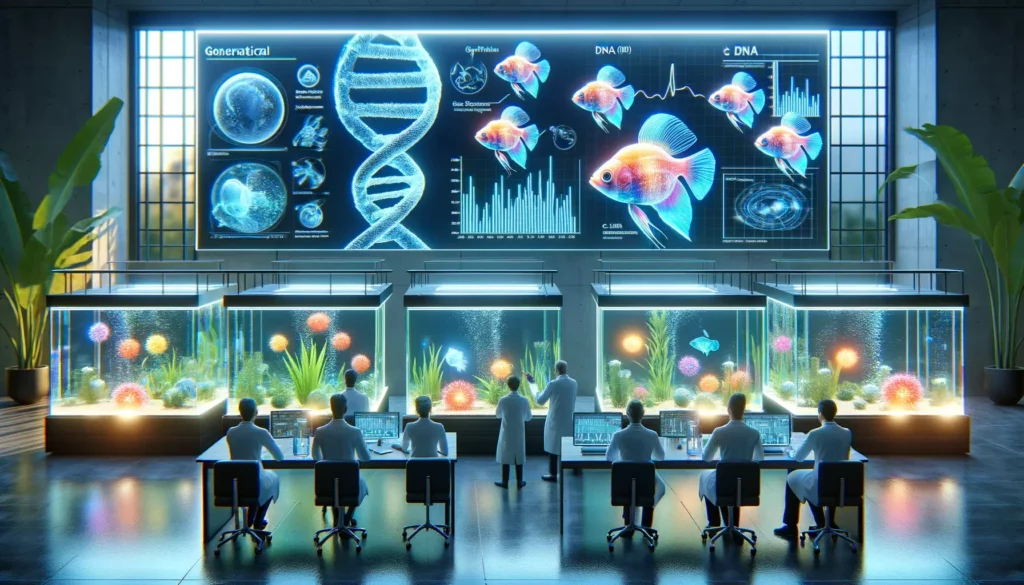
GloFish come in several types. Each type has its own unique characteristics. The main types are the GloFish Danio, GloFish Tetra, and GloFish Barb. There are also GloFish Sharks. Each of these has been genetically modified. They all glow, but in different ways.
The GloFish Danio was the first type created. It’s known for its active swimming. These fish come in several bright colors. They have a horizontal stripe that glows. The glow is vivid and easily noticeable.
The GloFish Tetra is another popular type. It’s known for its calm nature. This type has a wider body. The colors are deep and rich. The Tetra’s glow is subtle yet beautiful. It adds a serene look to aquariums.
The GloFish Barb is known for its distinct shape. It has a more elongated body. The colors are bright and striking. The Barb’s glow patterns are unique. They add a dynamic look to any tank.
Finally, the GloFish Shark is not actually a shark. It’s a type of minnow. But it has a shark-like appearance. Its body is longer and sleeker. The glow of the GloFish Shark is strong. It’s a centerpiece in many aquariums.
Each of these types has its own unique glowing pattern. The colors and glow patterns are distinct. They range from stripes to whole-body glows. These patterns make each type special. They ensure a variety of options for aquarium enthusiasts.
Differences Between GloFish Types

GloFish types differ in color, size, shape, and glow patterns. These differences make each type unique. They cater to various preferences for aquarium enthusiasts.
GloFish Danio is small and slender. They are agile swimmers. The Danio has a horizontal stripe that glows. This stripe runs along its body. The colors are usually vibrant. They include shades like pink, orange, and blue. The Danio is energetic. It’s known for its playful nature in the aquarium.
GloFish Tetra has a more rounded body. It’s a bit larger than the Danio. The Tetra’s glow is more distributed. It covers most of the body. This gives a soft, uniform glow. The colors are deep. They include red, green, and purple. Tetras are peaceful. They add a calm dynamic to any tank.
GloFish Barb is known for its elongated body. It’s larger than both the Danio and Tetra. The Barb’s glow patterns are unique. They have patches of color. These patches glow brightly. The Barb comes in colors like red, green, and yellow. It’s a lively addition to any aquarium.
GloFish Shark resembles a shark in shape. It’s the largest of the GloFish types. The Shark’s body glows entirely. It has a strong, consistent glow. The colors are usually bold. They include blue and pink. The Shark is a focal point in the aquarium. It brings a sense of majesty and intrigue.
Care for GloFish
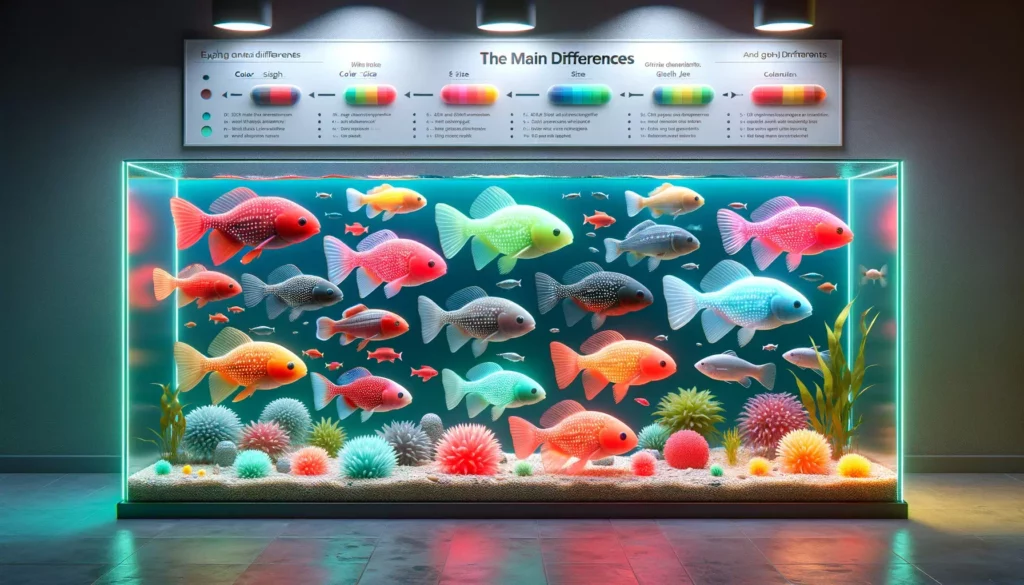
Caring for GloFish involves certain general practices. These practices ensure their health and happiness. The care is similar across all GloFish types. It includes maintaining good water conditions, feeding properly, and having the right tank setup.
Firstly, maintaining good water quality is crucial. Regular water changes are essential. This keeps the water clean and safe. The ideal temperature range varies slightly. But it’s generally between 72°F and 82°F for most types. A stable pH level is also important. It should be around 6.5 to 7.5. Test the water regularly. This ensures the conditions stay ideal.
Feeding GloFish the right food is important. They need a balanced diet. This includes high-quality fish flakes or pellets. You can also provide frozen or live food occasionally. This adds variety to their diet. Feed them small amounts. Do this several times a day. Overfeeding can harm the water quality.
The right tank setup is crucial for GloFish comfort. They need enough space to swim. A larger tank is usually better. Decorations and plants are important. They provide hiding places. This makes the fish feel secure. Lighting is also important. Special LED lights can enhance their glow. This makes the tank visually stunning.
Ecological Aspects of GloFish
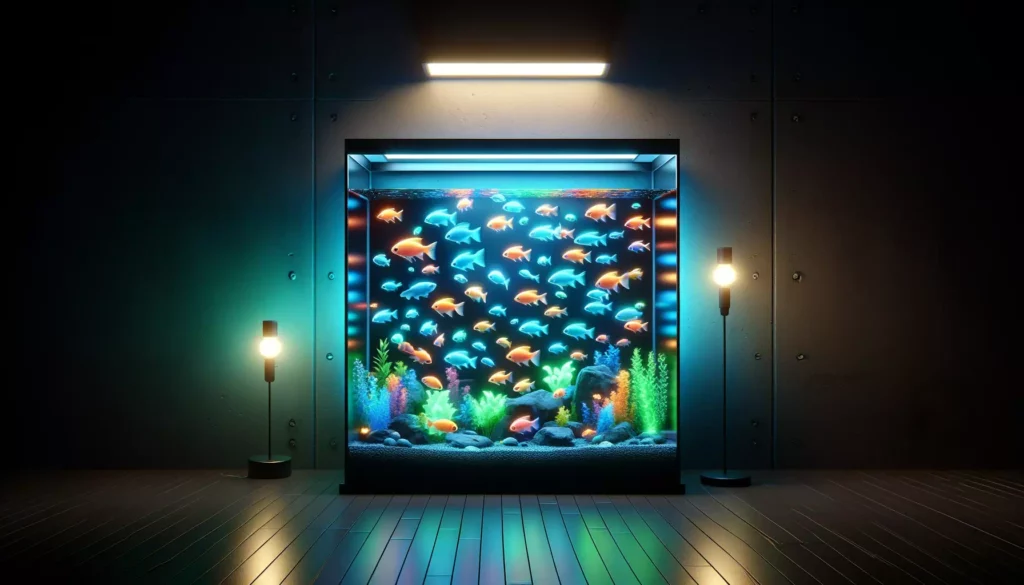
The ecological aspects of GloFish are important to consider. The genetic modification of these fish raises questions. These questions are about their impact on the environment. It’s crucial to understand and address these concerns.
Genetic modification of GloFish can have potential impacts. If these fish enter natural ecosystems, they might affect local species. They could compete for resources. Or they might introduce new genes into the wild population. This could disrupt the natural balance. The bright colors of GloFish might also make them easy targets for predators. This could alter predator-prey relationships.
To prevent potential ecological impacts, precautions are necessary. GloFish owners should never release them into the wild. This prevents them from entering natural ecosystems. It’s a simple but effective measure. It ensures that GloFish stay in controlled environments.
There’s legislation in place regarding GloFish. This legislation varies by region. Some areas might restrict their sale or ownership. These regulations aim to protect local ecosystems. They ensure that GloFish are kept responsibly. The regulations also prevent potential ecological issues.
Conclusion
GloFish are a unique addition to the world of aquariums. They offer a blend of science, beauty, and fascination. Each type of GloFish has its own unique charm. Whether it’s the playful Danio, the serene Tetra, the dynamic Barb, or the majestic Shark, there’s a GloFish for every aquarium enthusiast. Their vibrant colors and glowing patterns make them a captivating choice for any tank.
However, it’s essential to remember that GloFish are not just decorative items. They are living creatures that require proper care and a responsible approach. Maintaining good water conditions, feeding them properly, and understanding their needs are crucial aspects of GloFish care. It’s also important to respect the ecological implications of keeping genetically modified organisms. Responsible ownership includes not releasing them into the wild and adhering to local regulations and guidelines.
As aquarium enthusiasts, we have the opportunity to enjoy the beauty and uniqueness of GloFish. At the same time, we bear the responsibility of caring for them thoughtfully and ensuring their well-being. By doing so, we not only enrich our own lives but also contribute to the responsible and sustainable practice of keeping these amazing fish. Let’s appreciate and care for GloFish, ensuring that they continue to be a source of fascination and joy in our aquariums.
